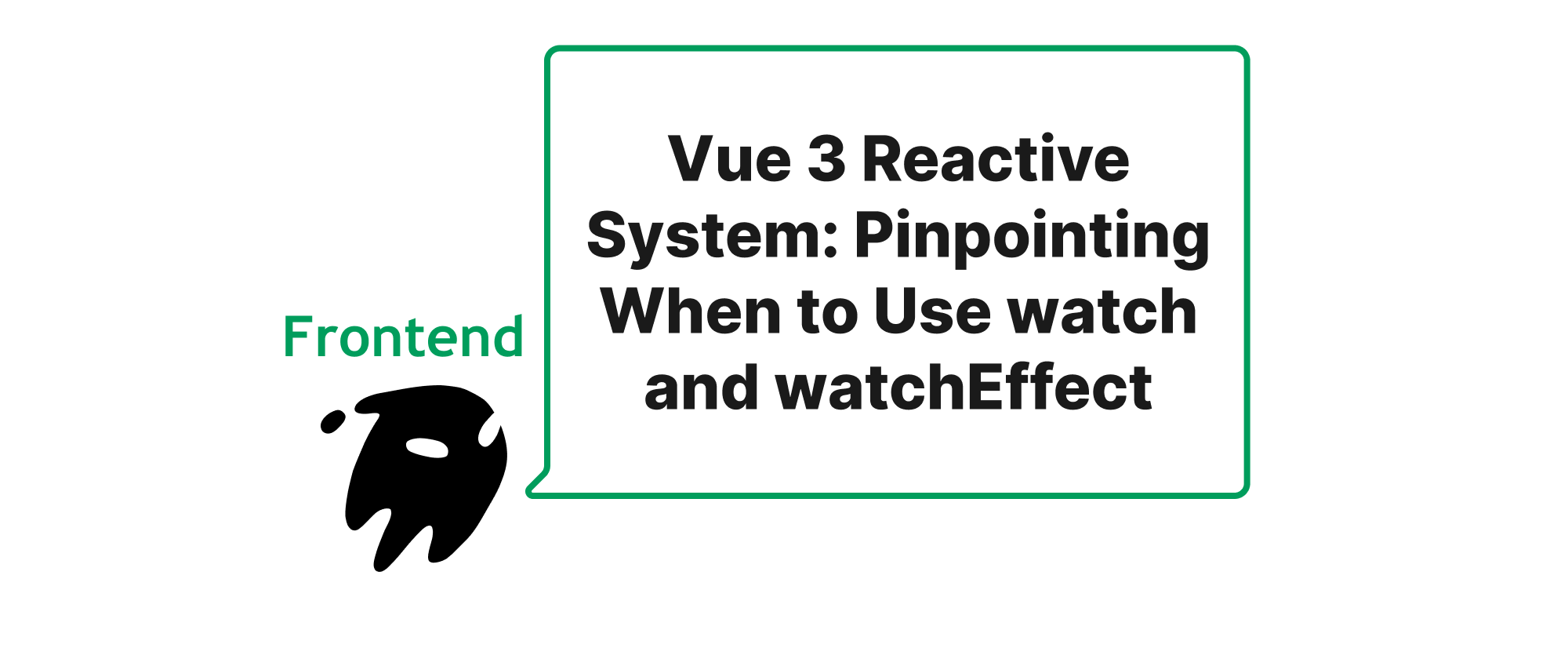Beyond V-DOM Solid and Svelte's Reactive Revolution
Wenhao Wang
Dev Intern · Leapcell

Introduction
For years, the Virtual DOM (V-DOM) has been the cornerstone of modern front-end frameworks like React and Vue, offering a seemingly elegant solution to efficient UI updates. By abstracting away direct DOM manipulation, the V-DOM promised declarative programming and impressive performance. However, as the front-end landscape evolves, so do our expectations. Developers are constantly seeking ways to push the boundaries of performance, streamline their workflows, and deliver snappier user experiences. This pursuit has led to a fascinating evolution in framework design, giving rise to a "post-V-DOM era" where frameworks boldly challenge the established norms. This article will delve into two prominent contenders in this new era: Solid and Svelte. We will explore their distinct approaches to reactivity and rendering, contrasting their philosophies and uncovering how they achieve exceptional performance without the V-DOM.
Core Concepts and Design Philosophies
Before diving into the specifics of Solid and Svelte, let's clarify some core concepts that underpin their designs:
- Reactivity: At its heart, reactivity is the ability for a system to automatically respond to changes in data. When a piece of data changes, anything that depends on it should update accordingly without manual intervention.
- Fine-grained Reactivity: This is a more granular form of reactivity where updates are precisely targeted. Instead of re-rendering large components or sub-trees in response to a data change, only the specific parts of the DOM that are affected are updated. This contrasts with V-DOM-based diffing, which often involves re-rendering a component's entire virtual tree before reconciling with the real DOM.
- Compilation: Some frameworks, like Svelte, take a compilation-first approach. This means that your component code is transformed into highly optimized vanilla JavaScript at build time. This allows the framework to generate extremely efficient update logic upfront, avoiding runtime overhead.
- Runtime Reactivity: Other frameworks, like Solid, achieve fine-grained reactivity at runtime. They use a reactive system (often based on observables or signals) to track dependencies and trigger automatic updates when data changes.
Solid: Fine-grained Reactivity at Runtime
Solid.js embraces a "true" reactive paradigm, drawing inspiration from libraries like Knockout and S.js. It achieves fine-grained reactivity through a system of "signals," "memos," and "effects." When you define a state (createSignal), Solid tracks where this signal is being used. Any part of your UI that depends on this signal becomes an "effect." When the signal changes, only the specific effects that depend on it are re-run, directly updating the relevant parts of the DOM. Solid's compiler primarily focuses on JSX transformation, leaving the reactivity to its efficient runtime system.
The key design principles of Solid are:
- No Virtual DOM: Solid completely bypasses the V-DOM. It compiles JSX directly into highly optimized DOM instructions, similar to vanilla JavaScript but with the added benefits of reactivity.
- Fine-grained Updates: Updates are surgical. If a single piece of data changes, only the precise text node or attribute in the DOM that relies on it updates, not entire components or subtrees.
- Performance: By eliminating the V-DOM diffing algorithm and minimizing runtime overhead, Solid often boasts exceptional performance metrics, approaching the speed of vanilla JavaScript.
- Familiar API: Despite its unique internal workings, Solid provides a React-like API with JSX, functional components, and hooks, making it easier for developers familiar with React to transition.
Let's look at a simple Solid example:
// app.jsx import { createSignal, onMount } from 'solid-js'; import { render } from 'solid-js/web'; function Counter() { const [count, setCount] = createSignal(0); // An effect that runs whenever count changes onMount(() => { console.log('Component mounted or count changed:', count()); }); return ( <div> <p>Count: {count()}</p> <button onClick={() => setCount(count() + 1)}>Increment</button> <button onClick={() => setCount(count() - 1)}>Decrement</button> </div> ); } render(() => <Counter />, document.getElementById('app'));
In this example, createSignal(0) creates a reactive signal. When setCount is called, Solid's runtime knows exactly which parts of the JSX expression depend on count() and updates only those specific text nodes in the DOM, without re-rendering the entire Counter component.
Svelte: The Compiler as Kingdom
Svelte takes a radically different approach: it's a compiler. Instead of shipping a runtime library that performs reactivity and DOM updates, Svelte analyzes your component code at build time and transforms it into highly optimized, tiny vanilla JavaScript modules. These modules directly manipulate the DOM when state changes. There is no V-DOM, no runtime overhead for reactivity, and often, much smaller bundle sizes.
Svelte's core design principles include:
- Compilation: The most defining feature. Svelte "vanilla-ifies" your code, generating imperative JavaScript that directly updates the DOM.
- No Runtime: Once compiled, Svelte applications have minimal to no framework runtime code. This reduces bundle size and improves initial load times.
- Declarative Syntax: Despite being a compiler, Svelte offers a highly intuitive and declarative component syntax that feels familiar yet simplified.
- Automatic Reactivity: Svelte achieves reactivity magically. Assigning a new value to a declared variable is often enough for Svelte to detect changes and update the DOM.
Here's an equivalent Svelte example:
<!-- Counter.svelte --> <script> let count = 0; function increment() { count += 1; } function decrement() { count -= 1; } // Svelte's reactive statements $: console.log('Component mounted or count changed:', count); </script> <div> <p>Count: {count}</p> <button on:click={increment}>Increment</button> <button on:click={decrement}>Decrement</button> </div> <style> /* Component-scoped styles */ div { border: 1px solid blue; padding: 10px; } </style>
Notice how count += 1 automatically triggers an update. Svelte's compiler intelligently detects this assignment and generates the necessary imperative JavaScript to update the associated DOM text node. The $: console.log syntax is Svelte's "reactive statement," which runs whenever count changes.
Comparing Philosophies and Trade-offs
| Feature / Aspect | Solid.js | Svelte |
|---|---|---|
| Approach | Runtime, fine-grained reactivity | Compile-time, no runtime |
| Reactivity Model | Explicit signals, memos, effects | Implicit, automatic via assignments, reactive statements |
| Virtual DOM | No V-DOM | No V-DOM |
| Bundle Size | Small runtime + compiled components | Tiny (framework code is compiled away) |
| Learning Curve | Similar to React (JSX, hooks-like API) | Gentler, simpler syntax, less conceptual overhead |
| Developer Experience | High control over reactivity, familiar mental model for React devs | "Write less code," highly intuitive templating |
| Ecosystem | Growing, benefits from JSX ecosystem | Growing, unique components and tooling |
| Debugging | Can sometimes be more complex due to explicit reactive graph | Generally straightforward, direct DOM manipulation |
Solid offers a powerful and explicit reactive graph, giving developers granular control over updates. Its JSX-based API provides familiarity for React developers. It shines in applications where maximum performance and fine-grained control are paramount, and the explicit nature of its reactivity can be leveraged.
Svelte, on the other hand, prioritizes developer experience and minimal boilerplate. By shifting work to compile time, it delivers incredibly small bundles and often a "magical" development experience where reactivity just works. It's an excellent choice for projects where ease of use, small bundle sizes, and quick iteration are key.
Application Scenarios
Both Solid and Svelte are excellent choices for building high-performance web applications, but their strengths might lean them towards different scenarios:
- High-Performance Dashboards/Data Visualization (Solid): Solid's explicit and fine-grained control over reactivity can be a huge asset in applications with complex, frequently updating data. The ability to precisely tune what updates when can lead to incredibly smooth and responsive UIs.
- Embedded Widgets/Micro-frontends (Svelte): Svelte's incredibly small bundle sizes and self-contained components make it ideal for embedding into existing applications or for building micro-frontends where loading performance is critical.
- Startups/Rapid Prototyping (Svelte): Svelte's ease of use and "write less code" philosophy can accelerate development cycles, making it a strong contender for startups or projects requiring quick iterations.
- Large-Scale Applications with Performance Demands (Both): Both frameworks are capable of building large-scale applications with excellent performance. The choice here might come down to team preference on explicit vs. implicit reactivity and the desire for a compile-time vs. runtime-driven approach.
Conclusion
The "post-V-DOM era" marks an exciting evolution in front-end development, pushing the boundaries of what's possible in terms of performance and developer experience. Solid and Svelte, by eschewing the Virtual DOM, represent two powerful yet distinct paths forward. Solid champions an explicit, fine-grained runtime reactivity reminiscent of React but without the V-DOM overhead, while Svelte leverages the power of compilation to deliver truly framework-less performance and an unparalleled developer experience. Both frameworks demonstrate that rendering efficiency and declarative UI can be achieved without the V-DOM, offering compelling alternatives for the next generation of web applications. The future of front-end development is increasingly efficient and developer-friendly.


